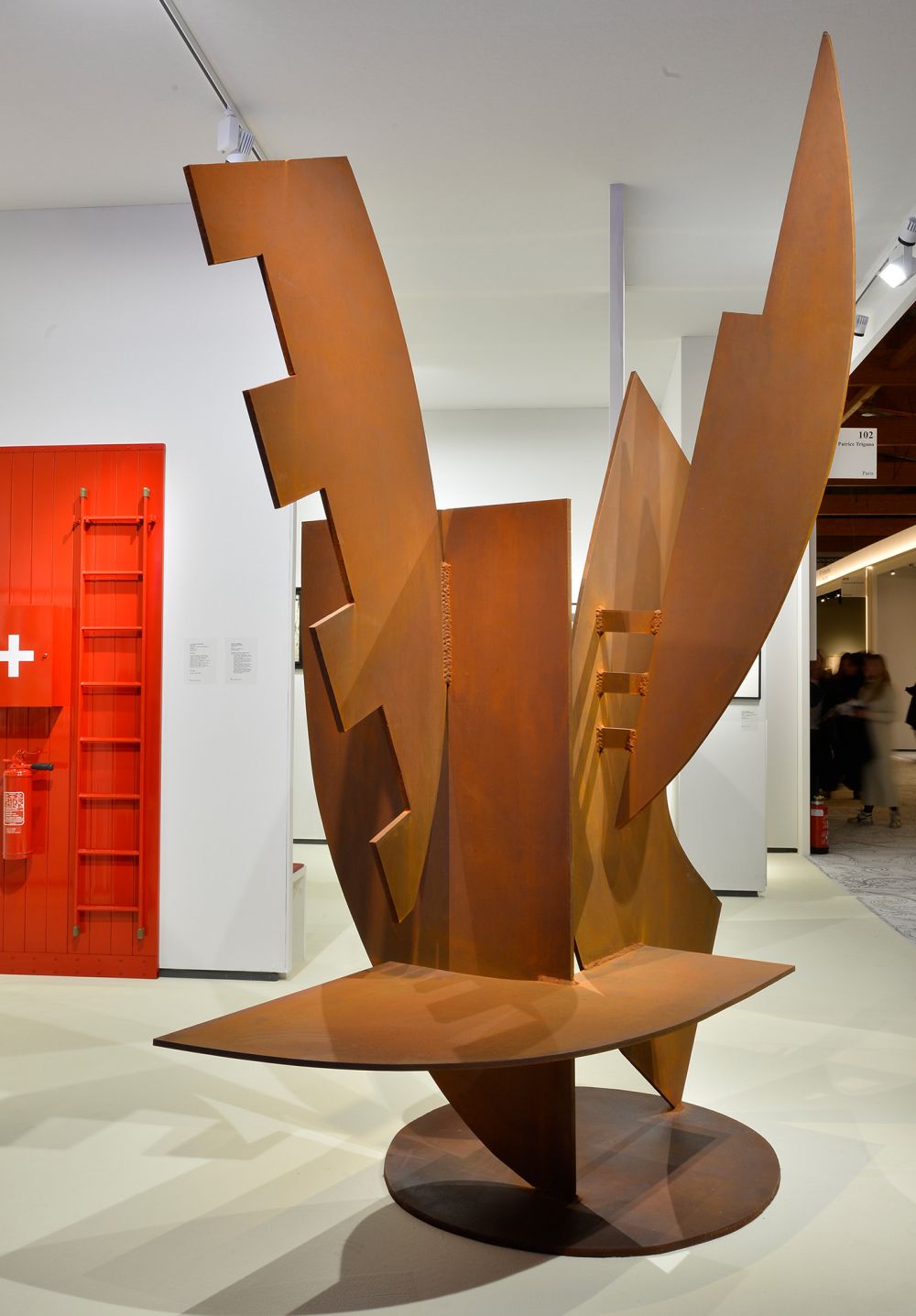Berto Lardera

Selected Works

Berto Lardera
Miracle V 1970-1971
Acier corten
3 mètres
Signée et numérotée d'une édition à 8 exemplaires
Fondeur Bocquel
Some of the works depicted are no longer available.
Biography
Berto Lardéra's work is characterized by an abstract and geometric sculpture, highlighting the emptiness and lightness of forms. He uses materials such as cut metal and steel to create often aerial compositions, where space and volumes are rethought.
Berto Lardéra (1911-1989), an Italian sculptor, began sculpting at a very young age, probably due to the influence of his father, a naval engineer. He studied at the École libre de dessin between 1926 and 1932. His first exhibition, organized in Milan in 1942, marked the beginning of an international career punctuated by numerous exhibitions in Italy, France, Germany, Brazil, Belgium, etc.
In 1947, he moved to Paris where he participated in numerous group exhibitions and in the major annual Parisian Salons such as the Salon de Mai and the Salon des Réalités Nouvelles. After a figurative beginning, Lardéra turned to non-figurative abstract sculpture, whose style would evolve over time.
From 1945 to 1949, he explored two-dimensional geometric compositions, where the surfaces are barely curved, seeking to demonstrate that space can be invested in ways other than with heavy, full forms. He thus follows in the tradition of sculptors such as Pevsner, Tatlin, Archipenko and Julio Gonzalez.
In 1947, he moved to Paris where he participated in numerous group exhibitions and in the major annual Parisian Salons such as the Salon de Mai and the Salon des Réalités Nouvelles. After a figurative beginning, Lardéra turned to non-figurative abstract sculpture, whose style would evolve over time.
From 1945 to 1949, he explored two-dimensional geometric compositions, where the surfaces are barely curved, seeking to demonstrate that space can be invested in ways other than with heavy, full forms. He thus follows in the tradition of sculptors such as Pevsner, Tatlin, Archipenko and Julio Gonzalez.
Once he had mastered this principle, he launched into the third dimension, assembling cut-out metal plates, often pierced in the center. He distributed these shapes in space with great freedom, highlighting the void as his basic material. The edges of his plates are often cut into the shape of a crenel, a detail that would become one of his signatures. His favorite materials are iron, aluminum, copper, stainless steel and Corten steel. From 1958 to 1961, Lardéra taught sculpture at the Hochschule für bildende Künste in Hamburg. At the same time, he practiced engraving, often on steel. His work is also distinguished by several monumental creations made near emblematic architectures such as those of Mies Van der Rohe in Krefeld, Aalvar Alto and Walter Gropius in Berlin, or Frank Lloyd Wright in Wisconsin.
